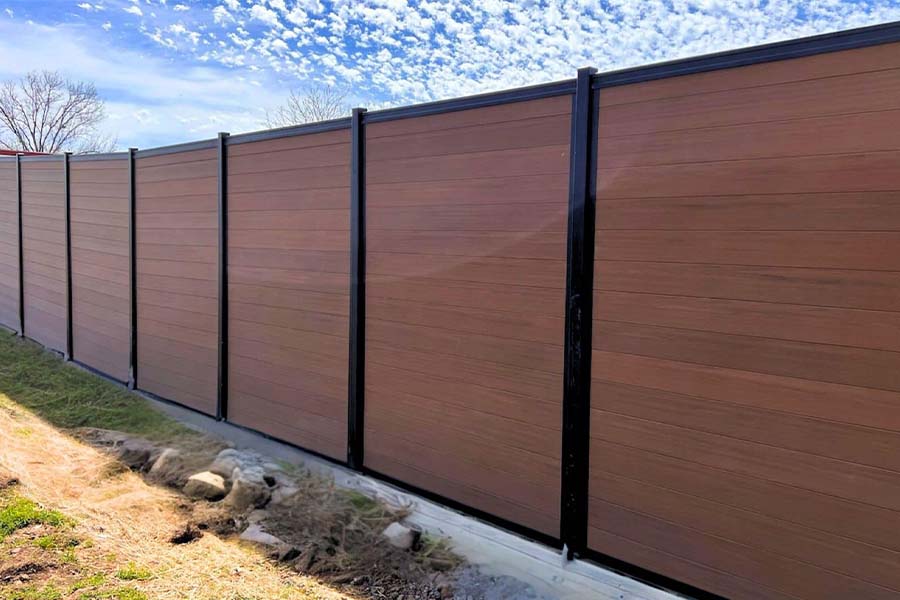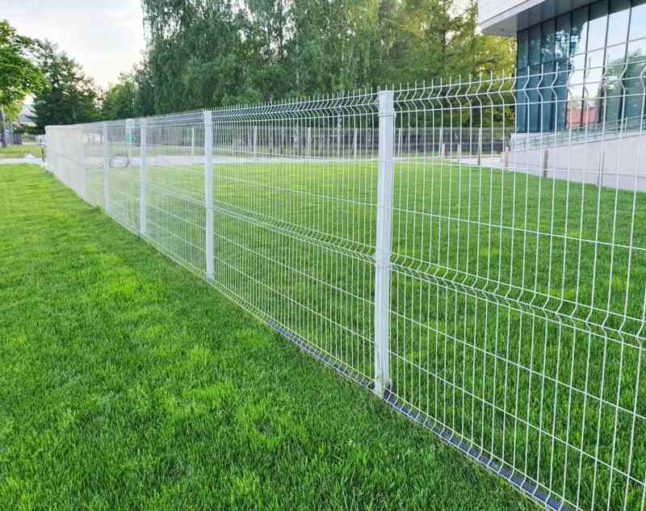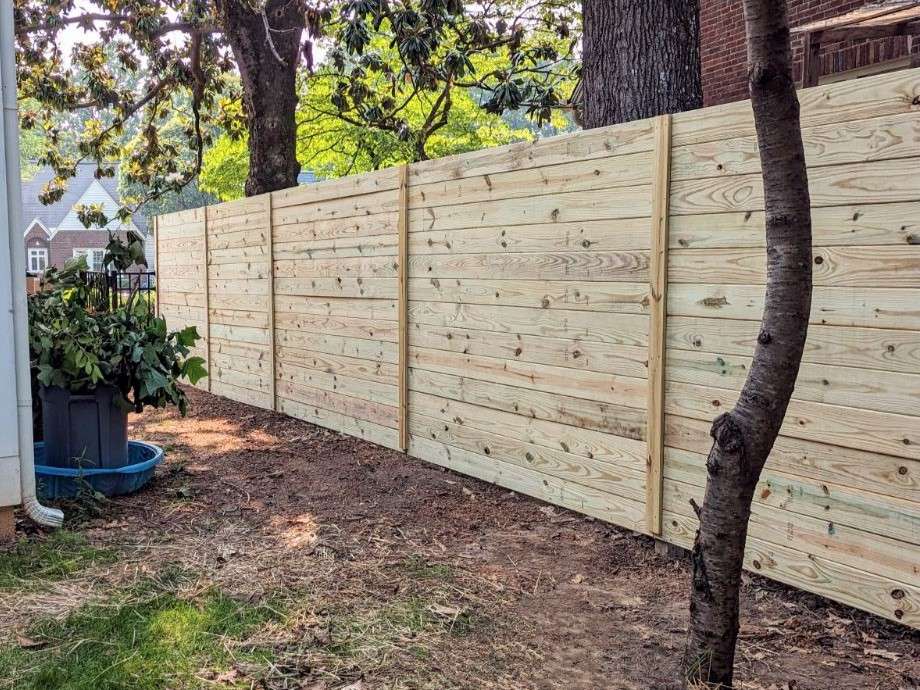All Categories
Featured

When considering installing a fence on your home, one of the most crucial actions is to comprehend whether you need a license. The particular permits required can vary depending on your location, the kind of fence you plan to mount, and the height or positioning of the fencing.
Why You Required a License for a Fencing Installation. A fencing permit is necessary to guarantee that the installment satisfies local guidelines. The license procedure aids local authorities verify that your fencing does not interfere with traffic exposure, regard your home lines, or violate elevation limitations. It also makes sure the security of the framework, so it doesn't pose a risk to you, your next-door neighbors, or the public. Setting up a fencing without a permit can lead to penalties, elimination of the fencing, or delays in building and construction, so it's necessary to check whether a license is required before starting your job.
Sorts Of Permits You Might Require. There are a few typical kinds of authorizations you could require for a fence installation:
Structure Authorization. A structure permit is one of the most typical permit required for fence installations. This license makes certain that the fence meets safety standards and is created according to local building ordinance. A building authorization is typically required if the fencing goes beyond a particular height (usually 6 feet), is constructed from specific products, or lies near a public walkway or roadway.
Zoning License. A zoning permit may be called for to confirm that your fencing conforms with neighborhood zoning regulations. Zoning guidelines can determine where a fence can be put on your residential or commercial property, just how high it can be, and whether it is allowed certain locations (such as along property lines or in front backyards) Some towns have regulations limiting the height of fences in the front backyard to make certain exposure for pedestrians and chauffeurs.

Setback Authorization. If you are building a fencing near your home line or near to a road, you might need a setback permit. An obstacle describes the distance a framework, consisting of fencings, need to be from the home line. Setback guidelines differ by place, and making certain that your fencing is put appropriately can protect against disputes with next-door neighbors and avoid infractions.
Property Owner Association (HOA) Approval. If you stay in a community controlled by a Homeowner's Association (HOA), you may require authorization from them along with local authorizations. HOA guidelines commonly cover the kind of products, elevation, style, and color of fences. Also if your local federal government doesn't need a license, your HOA may still have certain guidelines that need to be complied with.
Exactly How to Get a Fence Authorization. To look for a fence license, you'll require to contact your local building division or preparation workplace. The application procedure normally includes completing a type, paying a fee, and sending a site strategy of your residential property that reveals the suggested area of the fencing. You may additionally need to consist of details concerning the products, height, and design of the fence.
In many cases, a local official might need to inspect your home prior to authorizing the license. When the authorization is given, you will be authorized to proceed with your fence installment.
When Is a Permit Not Required? In particular scenarios, a permit may not be called for. These scenarios can include:
Low Elevation Fences: In several areas, fences that are listed below a particular height (typically 3 to 4 feet) may not need a license, particularly if they are put in the backyard or various other non-visible areas.
Fence Replacement: If you're replacing an existing fencing with the same height and product, some areas may not require a brand-new permit.
Non-Obtrusive Fencings: Momentary or decorative fencings, such as those utilized for gardening or landscaping purposes, may not call for licenses as long as they are low and not permanent.
However, it is essential to examine with your regional zoning office or structure department, as laws can vary by jurisdiction.
Consequences of Not Acquiring a Permit. Falling short to acquire the needed licenses can bring about significant effects. These include penalties, compelled elimination of the fence, and even delays in construction. In addition, if your fencing doesn't fulfill neighborhood policies, you might encounter legal issues with neighbors or regional authorities.

Conclusion. By making certain that you adhere to regional laws and get the essential licenses, you can make sure and avoid pricey mistakes that your fencing is legally compliant. Examine with your regional structure division, HOA, and zoning workplace to establish what licenses are required for your specific fencing task.
Latest Posts
Include Convenience and Character to Your Home with Area Rugs
Published Apr 20, 25
1 min read
Your Neighborhood Floor Covering Experts in Orland Park, IL
Published Apr 20, 25
1 min read
Courtside Snack Shack: Quick Bites for Sports Enthusiasts
Published Apr 20, 25
1 min read